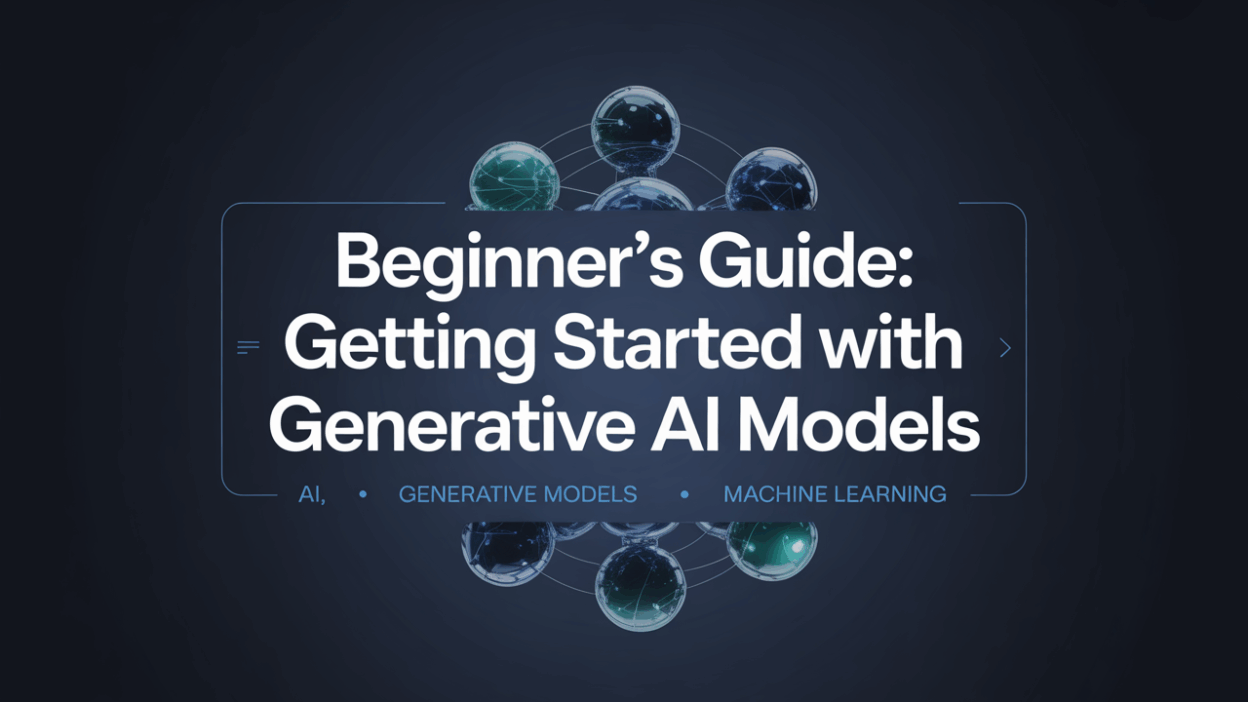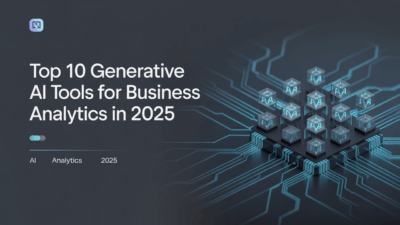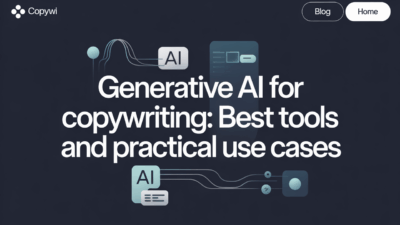Generative AI has emerged as one of the most transformative technologies in recent years, enabling machines to create new content such as text, images, music, and more by learning from existing data . For beginners, understanding how generative AI models work can open up a world of possibilities across various industries—from creative arts to academic research and beyond. This guide aims to provide a clear introduction to generative AI models, their types, applications, and how you can start exploring them.
What Is Generative AI?
At its core, generative AI refers to unsupervised or semi-supervised machine learning algorithms that allow computers to generate original content based on patterns learned from existing data . Unlike traditional AI systems that classify or analyze information, generative AI creates something entirely new—be it a paragraph of text, an image, or even a piece of music.
These models are trained on vast datasets, learning underlying structures and relationships within the data. Once trained, they can produce outputs that mimic human-like creativity and decision-making.
Types of Generative AI Models
There are several foundational types of generative AI models, each with unique characteristics and use cases:
-
GANs (Generative Adversarial Networks) – These consist of two neural networks: a generator that creates new data instances and a discriminator that evaluates them for realism. GANs are widely used in generating high-quality images and videos.
-
VAEs (Variational Autoencoders) – These models compress input data into a latent space representation and then decode it to generate new samples. They’re commonly applied in tasks involving dimensionality reduction and generative modeling.
-
Autoregressive Models – These predict future values based on past observations. In NLP, autoregressive models like GPT-3 and GPT-4 generate coherent and contextually relevant text.
-
Flow-Based Models – These learn invertible transformations between complex data distributions and simpler ones, making them useful in density estimation and data generation.
-
Transformers – A type of deep learning model particularly effective for handling sequential data, transformers power many modern language models and have revolutionized natural language processing (NLP) .
Understanding these different types will help you choose the right model for your specific application, whether you’re looking to generate text, images, or other forms of media.
Applications of Generative AI
The versatility of generative AI makes it applicable across numerous fields:
- Content Creation: From blog writing to social media posts, generative AI tools can assist in producing engaging written content quickly .
- Design and Art: Tools powered by generative models allow artists and designers to explore new creative directions effortlessly.
- Data Augmentation: In machine learning, generative models can synthesize additional training data to improve model performance.
- Academic Research: Researchers are using generative AI to draft papers, summarize findings, and visualize complex data sets .
- Customer Service: Chatbots and virtual assistants enhanced with generative capabilities offer more personalized and dynamic interactions.
As generative AI continues to evolve, we’re likely to see even more innovative applications emerge across industries.
How to Get Started with Generative AI
If you’re just starting out, here’s a step-by-step approach to begin your journey:
-
Learn the Basics: Start by understanding fundamental concepts in machine learning and deep learning. Resources like online courses, tutorials, and beginner-friendly books can be invaluable .
-
Explore Open-Source Tools: Platforms like TensorFlow, PyTorch, and Hugging Face provide access to pre-trained models and libraries that simplify experimentation with generative AI.
-
Experiment with Pre-Trained Models: Try running inference on publicly available models such as GPT, DALL-E, or Stable Diffusion. Many of these models come with APIs or user-friendly interfaces that don’t require advanced coding skills .
-
Build Your Own Model (Optional): Once comfortable with the basics, consider training a simple generative model on a small dataset. This hands-on experience is crucial for deeper understanding.
-
Stay Updated: The field of generative AI moves rapidly. Follow blogs, join forums, and attend webinars to stay informed about the latest developments and ethical considerations .
Conclusion
Generative AI represents a powerful frontier in artificial intelligence with immense potential to reshape how we create, communicate, and innovate. Whether you’re a student, developer, artist, or researcher, getting started with generative AI models can unlock new opportunities for creativity and efficiency. With the right tools, knowledge, and curiosity, anyone can begin exploring this exciting domain and contribute to shaping its future.



